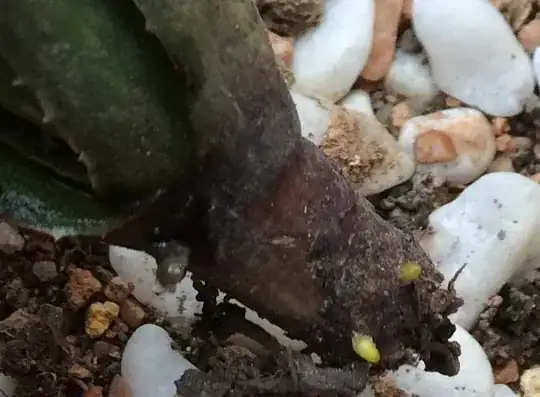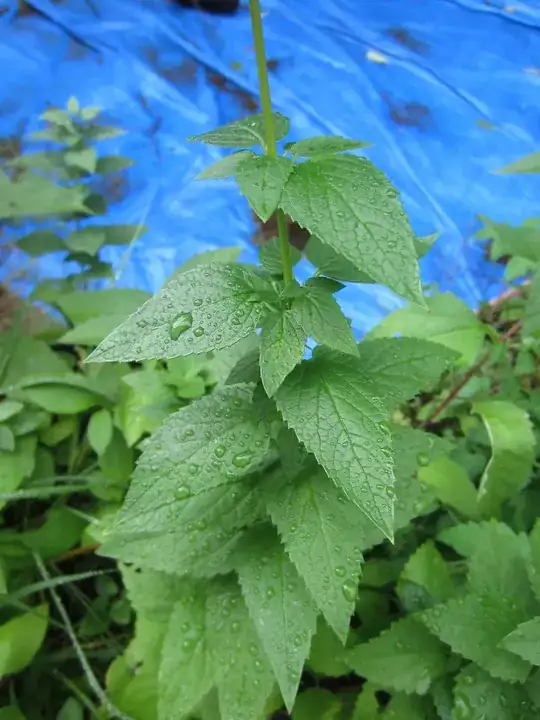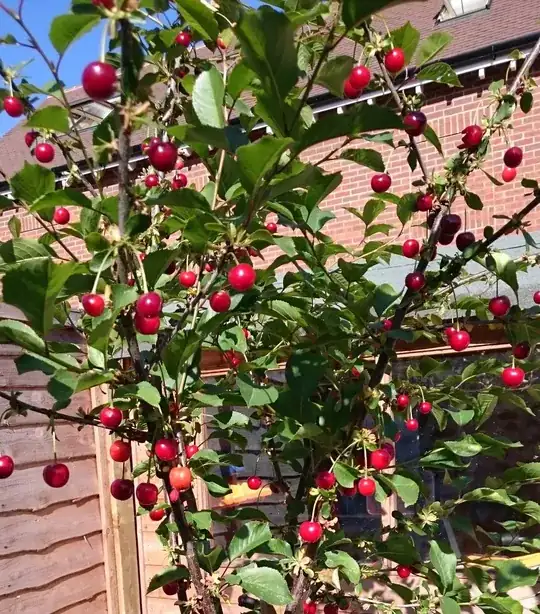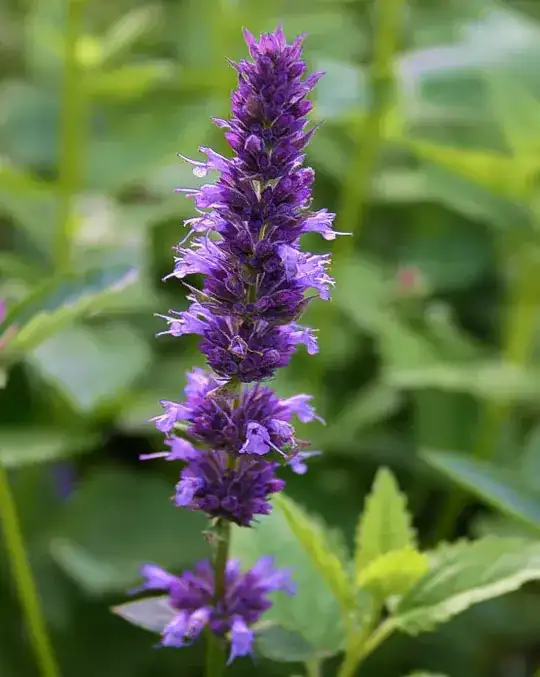It is certainly a member of the mint family (Lamiaceae) as evidenced by the zygomorphic flowers and characteristic leaves. A close inspection of the stem should reveal a square shape in cross section. Many members of the mint family are used for spices, and the crushed leaves often have a characteristic smell/scent when crushed. The flowers are often favored by butterflies and hummingbirds as well.
This is a very large family of plant species so the exact identification of the purple wildflower in your photo is not possible. It does look similar to a genus (Monarda spp.) commonly called "bee balm", but that would only be a guess. Perhaps you can find a similar candidate by looking through some "mint family" images online. Please take a look at the Wikipedia link below.
https://en.wikipedia.org/wiki/Lamiaceae
https://en.wikipedia.org/wiki/Monarda



